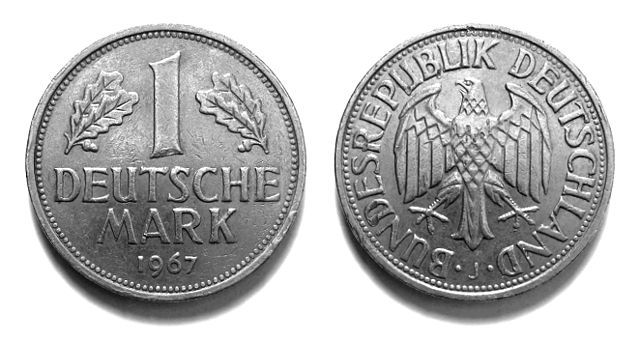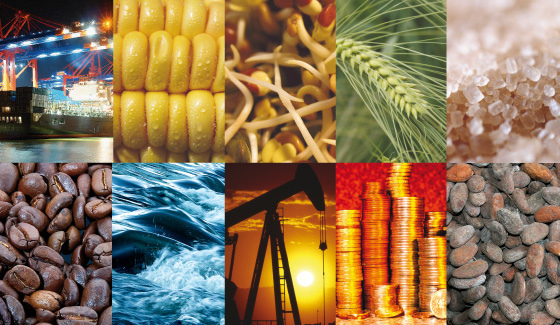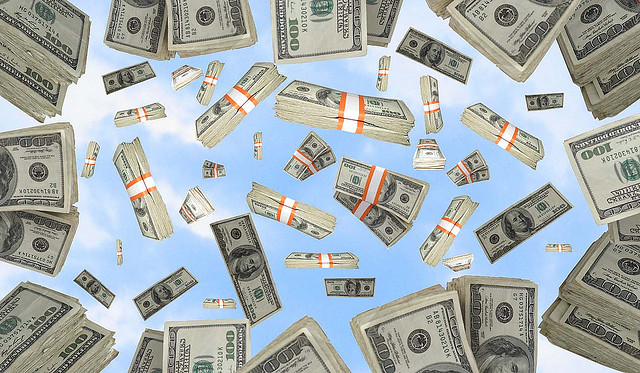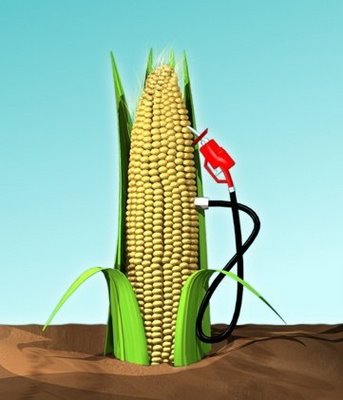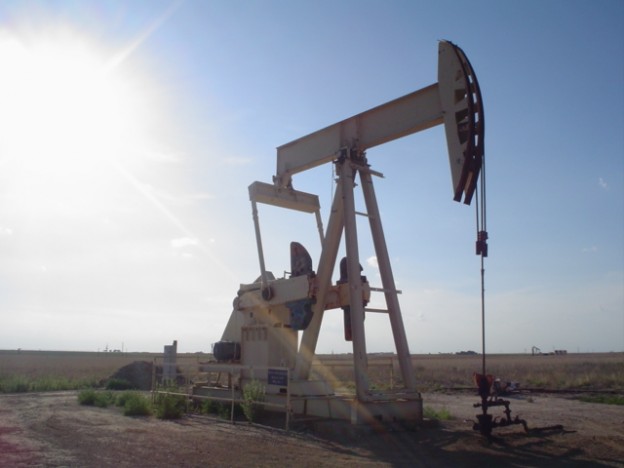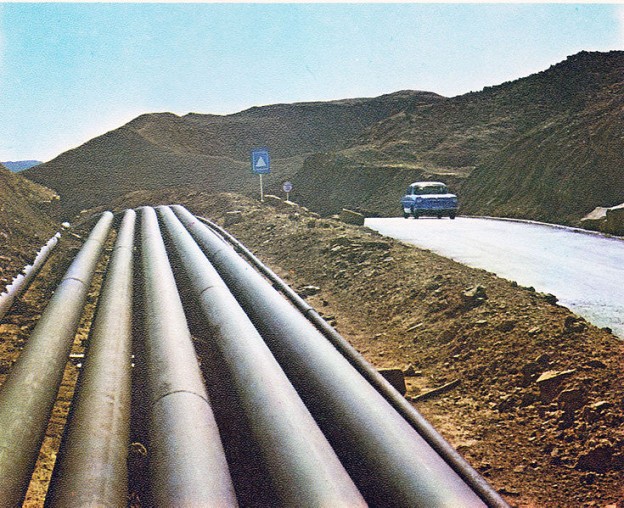Here’s today’s ‘Just A Minute’ bringing you a 60 second summary of what’s happening in the financial markets:
Main Trading Event Of The Day: US Fed Chair Yellen Testifies @ 14.00 GMT
WHAT WE’RE WATCHING TODAY
Dollar Close To Recent Lows As Yellen Testimony Awaited
Janet Yellen’s appearance today in front of the Joint Economic Committee will be followed for any shifts in the Fed’s economic and policy outlook following the recent employment figures. Traders across the financial markets will be watching to see if she has a message that could alter the course for interest rates. The U.S. dollar languished close to six-month lows against a basket of major currencies today as investors braced for the possibility that dovish comments from Janet Yellen could further undermine the greenback. The dollar index sank nearly a half percent Tuesday and is now down nearly a full percent in the last week. The dollar was weaker across the board, falling against the euro, yen, sterling, Swiss franc and major emerging market currencies such as the Indian rupee and Turkish lira. The dollar index was at its lowest level since October 2012, and its lowest level against the pound since August 2009.
Frustration has been growing among some players at the dollar’s inability to move higher even after the payrolls report, as the Federal Reserve continues to scale back its bond-buying support. Market consensus seems to be forming on the view that the Fed is still a long way from raising interest rates even after it ends its quantitative easing program, which is expected later this year. Analysts expect the dollar to recover when there’s sign of inflation or a further dip in the unemployment rate.
Brent Edges Up On Fall In U.S. Crude Stocks & Ukraine Risks
Brent Crude edged higher above $107 per barrel today after an industry report showed U.S. crude stocks declined last week, while increasing geopolitical risks in Ukraine helped put a floor under prices. Crude inventories in the United States fell by 1.8 million barrels last week, going against analysts’ expectations for a 1.4-million-barrel gain. Investors now await confirmation of the API numbers from the U.S. Department of Energy’s Energy Information Administration, which releases its more closely watched data later on Wednesday. Brent crude rose 26 cents to $107.32 a barrel by 0352 GMT, after ending the previous session 66 cents lower. U.S. crude gained 60 cents to $100.10 after the contract had settled 2 cents higher. Heightening tensions in Ukraine and the possibility of the country slipping into civil war also helped lift oil markets, as traders weighed the risk of supply disruptions from Russia, the world’s biggest oil producer.
Twitter Drops Nearly 18% As Lock-Up Period Expires
Twitter dropped sharply on Tuesday as nearly 500 million shares from company insiders became eligible to be sold. The stock fell nearly 18 percent on record volume of more than 124 million shares to a fresh all-time low since their trading debut on Nov. 7. The lock-up agreement that expired this week applied to about 470 million shares, or 82 percent of Twitter’s equity. With the stock’s recent selloff, Twitter’s current market cap is at $19 billion. Tuesday’s reaction to Twitter’s lock-up expiry was in sharp contrast to that of Facebook in late 2012. Facebook shares jumped 13 percent on Nov. 14 that year, when its lock-up expiry of roughly 800 million shares did not trigger an immediate wave of insider selling. Last week, Twitter’s net loss grew by more than $100 million in the first quarter, though the company’s operating earnings and sales topped Street expectations. Monthly active users hit 255 million, with mobile MAUs making up 78 percent of the total.
That sums up today’s highlights! We hope you have a profitable day on the markets










